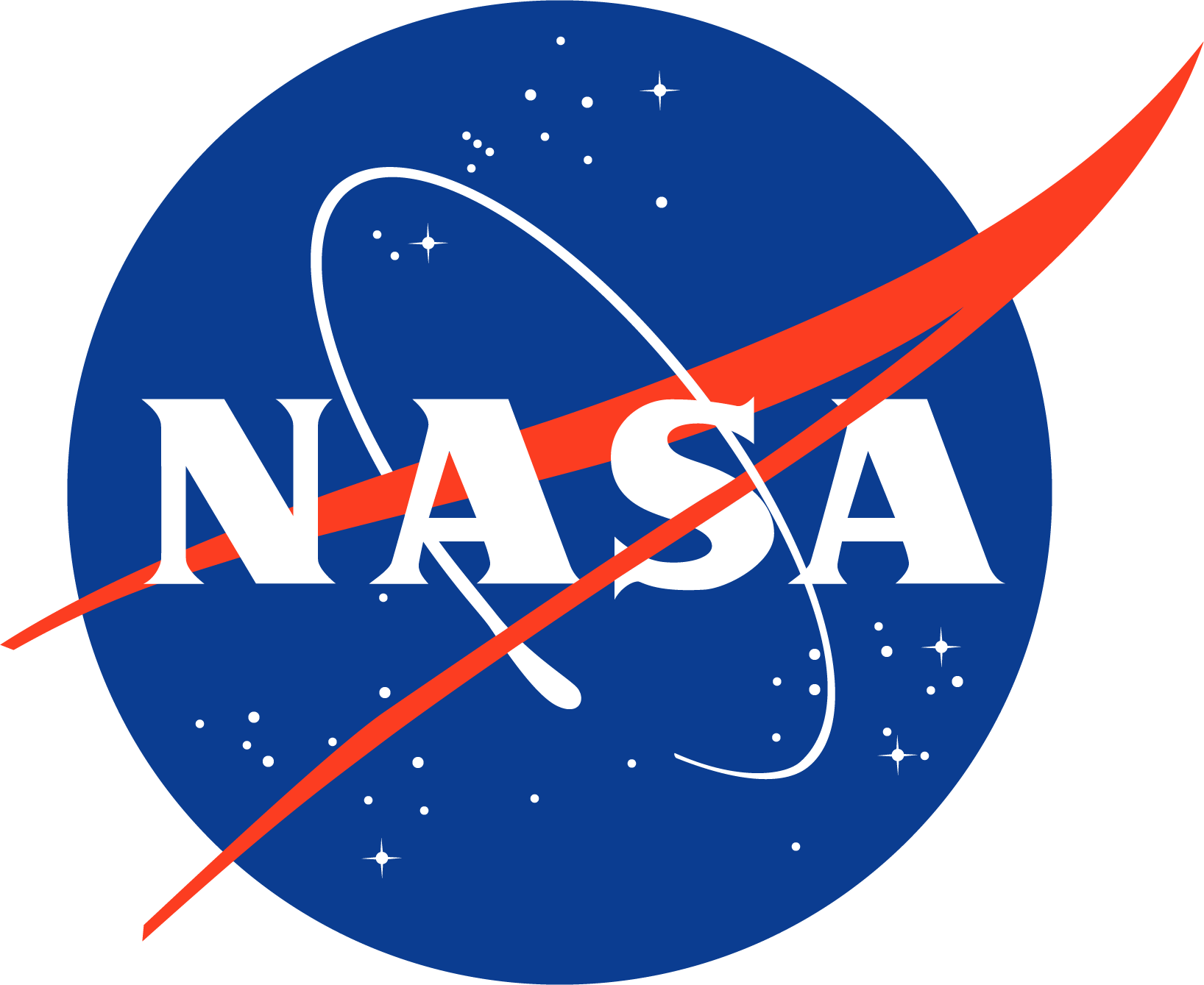Journal Referee:
Astronomical Journal
Astrophysical Journal
Astronomy & Astrophysics
Journal of Chemical Physics
Astrophysics and Space Science
Reports on Progress in Physics
Monthly Notices of the Royal Astronomical Society
Icarus
Professional Committees:
GSFC Science Director’s Committee (2013-2015)
HST Solar System Advisory Committee (2013-2014)
GSFC Planetary Science Strategic Fellow (2012-2015)
Origins Space Telescope (OST) Science and Technology Definition Team (2016-2020)
Planetary Science for Astrophysics Assets co-Chair (2018 - 2019)
WFIRST Solar System Working Group NASA/GSFC lead.
JWST Guaranteed Time Observation Team (Hammel – IDS program).
2016 Keck Strategic Plan Solar System co-chair.
Small Bodies Assessment Group Steering Committee (2020-2023)
Selected Professional Activities:
• SOFIA 4th generation instrument HIRMES co-investigator (Science team).
• Comet Astrobiology Explorer Sample Return (CAESAR) Deputy Project Scientist, NASA GSFC, Greenbelt, MD January 2018 - current
• Keynote speaker and SOC for Planets 2020 Ground and space observatories: a joint venture to planetary science held in Santiago, Chile (Spring 2020).
• SOC for SPICA Science Conference held in Crete, Greece (Spring 2019).
• SOFIA TAC Cycle 7 (chair) and Cycle 8.
• SOC for Astrophysical Frontiers in the Next Decade and Beyond: Planets, Galaxies, Black Holes, and the Transient Universe held in Boulder, CO (June 2018).
• SOC for NASA’s Laboratory Astrophysics Workshop held in Athens, GA (April 2018).
• Co-Chair for Planning Solar System Observations with JWST workshops (Nov/Dec 2017).
• Organizer for JWST proposal workshop at EPSC and DPS (September and October 2017).
• Organized JWST and WFIRST Townhall events at DPS (October 2017).
• Technical Managers Training 50 – NASA Wallops (April 2017).
• Spitzer Cycle 13 TAC and panel chair.
• SOC for Frontiers of ACS Astrochemistry Symposium: Solar System Chemistry - Planets to Comets and Beyond, Aug. 2016, Philadelphia, PA.
• Special editor for Innovative Solar System Science with the James Webb Space Telescope (PASP volume 128 issue 959).
• JWST televised interviews on “Super Brains” and “How Stuff Works”.
• Keynote speaker and guest lecturer at UNISA Summer School on Power Oct. 26-30, 2015 in Johannesburg, South Africa.
• SOC/LOC and chair for “From interstellar ices to polycyclic aromatic hydrocarbons: A symposium to honor Lou Allamandola's contributions to the molecular Universe”, Sept. 13-17, 2015, Annapolis, MD.
• ALMA Cycles 3,4, and 6 Time Allocation Committee.
• Principle organizer of Astrobiology Science Conference Session: How to Build a Habitable Planet: Determining the Origin and Nature of Prebiotic Species in Comets, June 15-19, 2015, Chicago, IL.
• SOC for FarIR Surveyor Workshop, June 3-5, 2015, Beckman Institute at Caltech.
• Session Chair 249th ACS Carbon in the Galaxy Astrochemistry Symposium, March 22-26, 2015.
• Organized JWST workshop on Potential Science Investigations in the Solar System at the 46th Annual DPS Meeting November, 2014.
• Session Chair DPS 2014.
• Science Analysis Group #9 to the Cosmic Origins Program Analysis Group (COPAG) regarding Spitzer and JWST.
• LOC for International Workshop on Instrumentation for Planetary Missions, Nov 4-7, 2014, GSFC.
• SOC and Session Chair for Ground and space observatories: a joint venture to the Solar System and exoplanets, March 2015, Chile.
• Session Chair LPSC 2014.
• Coordinated ground-based observing campaigns for cometary apparitions at NRAO GBT, ARO SMT, JCMT, APEX, and ALMA for comets C/2009 P1 (Garradd), C/2011 L4 (PanSTARRS), C/2012 F6 (Lemmon), C/2012 S1 (ISON), C/2014 Q2 (Lovejoy).
• External Ephemeris tracking Commissioning for ALMA – Science Verification Proposal
• Developed six Science Fliers for JWST: “MIRI and NIRSpec observations of Asteroids” and “JWST Observations in the Solar System”.
• Organized NRAO Community Day at GSFC (October 2013).
• Organized two Townhalls (DPS 2013 and LPSC 2014) on “Solar System Observations with JWST”.
• Organized three workshops (DPS 2012, LPSC 2013, DPS 2014) on “Planning your Solar System Observations with JWST”.
• NASA Project Science Training (2013).
• Funded through NASA’s ROSES programs: ADAP, APRA, PAST, PATM, OSS, NAI.
• Participant in the Goddard Diversity Dialogue Project, Phase V.
• Served as a reviewer for NASA ROSES programs (PATM, OSS, APRA, ADAP, EW, XRP), NASA Earth and Space Sciences Fellowship, United States-Israel Binational Science Foundation, NSF astronomy, Discovery Red Team, and GSFC Internal Research and Development (IRAD) proposals.
• Principle organizer of Astrobiology Science Conference Session “Extraterrestrial Biomolecules in the New Age of Astronomical Instrumentation”.
• Organizer (PI) of Lorentz Center Workshop “Isotopes in Astrochemistry: An Interstellar Heritage for Solar System Materials?” Leiden, NL, December 2011.
• SOC for Workshop on Cometary Taxonomy, Annapolis, MD, March 2011.
• Participation in the Ground Based Observing Team for NASA’s EPOXI mission in November 2010.
• SOC for a workshop on Cometary Radio Astronomy, Greenbank, VA, 16-19 May, 2010.
• Participation in planning and carrying out observations using numerous telescopic facilities (ALMA, Herschel Space Observatory, SOFIA, ARO 12m and Submillimeter telescopes, NRAO GBT, JCMT, APEX, and IRAM 30m) from 2002-present.
• Part of commissioning team for the new ALMA Band 6 receiver to the Arizona Radio Observatory Submillimeter Telescope in 2006/2007.
• Participation in the Ground Based Observing Team for NASA’s DEEP IMPACT in July 2005.
